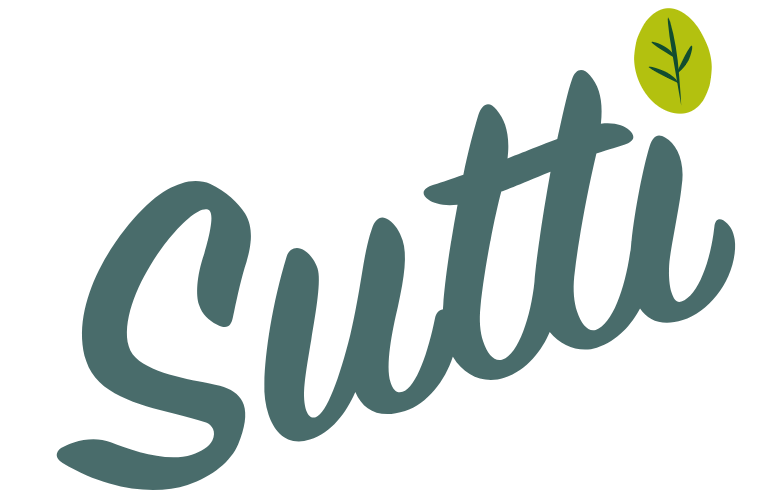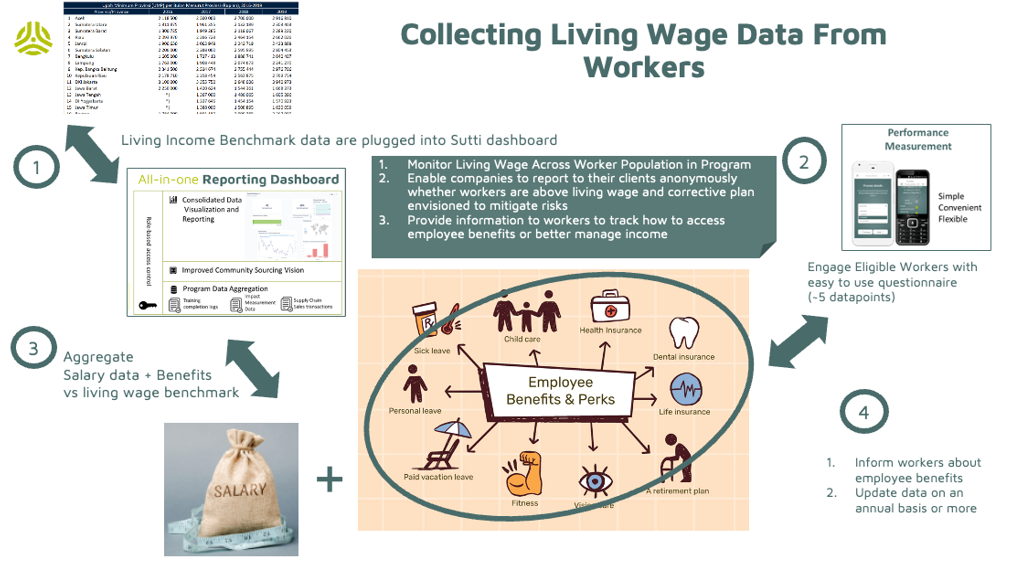In April 2021, the European Commission adopted a legislative proposal for a Corporate Sustainability Reporting Directive (CSRD) that requires companies within its scope to report using a double materiality perspective in compliance with European Sustainability Reporting Standards (ESRS) adopted by the European Commission as delegated acts. EFRAG was appointed as the technical adviser for the European Commission to develop the draft ESRS. Consequently, in July 2023, the European Commission adopted the delegated act as the first set of ESRS. With the adoption of the ESRS, companies are expected to implement the standards in the financial year 2024 and publish the report in 2025. Amongst many standards, in accordance with ESRS S1-10, companies will be required to report their adequate wage practices in line with applicable methodologies and benchmarks.
What is an adequate or living wage?
A wage that allows workers to meet their basic needs and also provides them with some discretionary income for other expenses. It is often higher than the legal minimum wage and reflects the actual cost of living in a particular location. A living wage takes into account factors such as the cost of housing, healthcare, education, and other basic needs. A living wage is a wage on which a worker and his or her family can live.
Scope of the applications and expectations
The scope of the application of the standard is as follows:
- In accordance with ESRS S1-10, the company should disclose whether or not its employees or its own workforce. The disclosure includes information on:
- If they paid an adequate wage.
- If they are not all paid an adequate wage, the countries and the percentage of employees concerned.
- Understanding of whether or not all the undertaking’s employees are paid an adequate wage in line with applicable benchmarks.
- It may also disclose the information specified in this disclosure requirement with regard to non-employees in its workforce.
- In accordance with ESRS S2 – Art. 35 – the company should explain the efforts made to obtain the necessary information on the wages and working conditions from its upstream and downstream value chains. Given that material negative impacts affecting its own workforce that have occurred during the reporting period may also be connected with other entities or operations outside its direct control, the undertaking may disclose whether and how it seeks to use its leverage in its business relationships to manage those impacts. The disclosure includes information on:
- using commercial leverage (for example, enforcing contractual requirements with business relationships or implementing incentives);
- other forms of leverage within the relationship (such as providing training or capacity-building on workers’ rights to entities with which the undertaking has a business relationship);
- or collaborative leverage with peers or other actors (such as initiatives aimed at responsible recruitment or ensuring workers receive an adequate wage).
Which benchmarks
The adequate wage benchmark used for comparison with the lowest wage shall not be lower than:
- In the EEA : the minimum wage set in accordance with Directive (EU) 2022/2041 of the European Parliament and of the Council110 on adequate minimum wages in the European Union. In the period until Directive (EU) 2022/2041 enters into application, where there is no applicable minimum wage determined by legislation or collective bargaining in an EEA country, the undertaking shall use an adequate wage benchmark that is either not lower than the minimum wage in a neighboring country with a similar socio-economic status or not lower than a commonly-referenced international norm such as 60% of the country’s median wage and 50% of the gross average wage.
- Outside the EEA :
- the wage level established in any existing international, national, or sub-national legislation, official norms, or collective agreements based on an assessment of a wage level needed for a decent standard of living;
- if none of the instruments identified in (i) exist, any national or sub-national minimum wage established by legislation or collective bargaining, or
- if none of the instruments identified in (i) or (ii) exist, any benchmark that meets the criteria set out by the Sustainable Trade Initiative (IDH) (‘Roadmap on Living Wages – A Platform to Secure Living Wages in Supply Chains’), including applicable benchmarks aligned with the Anker methodology, or provided by the Wage Indicator Foundation or Fair Wage Network, provided the primacy of collective bargaining for the establishment of terms and conditions of employment is ensured.
Ksapa’s Approach
We have developed a concrete approach to allow companies to reflect on their practices and meet the regulatory requirements.
Our methodological approach is consistent with the criteria set out by the Sustainable Trade Initiative (living wage identification, gap measurement, gaps calculation verification, gaps closing efforts, disclosure), using living wage benchmarks aligned with the Anker Methodology. The activities and outcomes in Bold text are Ksapa interventions while the regular text represents the company team’s actions.
| Activities | Outcomes | |
| Calculation of living wage data | Locations provided to the Ksapa team. Filter on at-risk positions focusing on job positions Calculation of the living wage data using a combination of authoritative sources. | Mapping and preliminary engagement of local human resources contact points. Mapping of internal tools able to provide staff and compensation data. Production of living wage data applicable across locations |
| Gross Identification of staff at risk to earn below living wage for target countries/zones | Comparison of internal payroll data systems with living wage data provided by the Ksapa team to flag at-risk staff, calling for greater investigation. | Preliminary exclusion of staff and countries / zones ABOVE living wage thresholds |
| Engage local Human Resources contact points to explore wage structure of at-risk staff | The company team has engaged targeted Human Resources contact points to react to initial findings and provide additional insight on local practices and access to additional fringe benefits. | Strengthen alignment on living wage thresholds. Complement wage structure monetizing additional local benefits as per the Anker methodology guidance Exclude additional staff and zones whose wage structure explored ABOVE thresholds Finalize scoping of staff at risk to earn below living wage threshold |
| Identify mitigation measures | The company team engaged targeted staff to react on initial findings and explore mitigation measures. Living wage assessment report and recommendations | Engagement with local HR contact points aims at ensuring alignment on living wage thresholds, level of local staff agreed to be at risk to operate below the expected threshold, and concrete local options able to mitigate risk in the coming months. Recommendations for remediation plan depending on findings. |
To address this challenge, Ksapa has developed its own proprietary Sutti Digital Suite, which is a mobile phone-based tool.

How is it used for a living wage?
- Directly collect data from the workers in the value chain by collaborating with suppliers in different sites and geographies. Collected data is then calibrated in a dashboard.
- Ksapa then customizes the information to help the subcontractor define eligible workers based on localized benchmarks. Using cell phones and adapted to populations at risk of a living wage (poor connection, basic equipment, low level of digital education…), and assisted by relays within the company, we directly collect labor data on a few cost items more or less covered by benefits in kind.
- By aggregating this data, we provide the subcontractor with information enabling him, in an anonymized way, to identify the challenges and explore the different paths to remediate. The subcontractor can extract information reported on the basis of thresholds provided by customers.
- What’s interesting is that the digital medium facilitates data collection and that the tool is designed to adapt to the target populations while operating at different levels to maintain the anonymity/confidentiality of data between the various stakeholders: the principal, the employer, the employee, etc
The diagram below provides an overview of this approach:

Why Ksapa?
Benefits of working with Ksapa compared with other approaches:
- Existing benchmarks are not granular enough to reflect the local cost of living.
- The absence of a process involving HR and management does not create the necessary alignment in terms of issues around the subject of poverty in the workplace.
- The absence of precise processes deployed by companies makes it impossible to really understand what’s going on and find the right levers.
- Without a digital support tool that directly engages workers in the value chain, it’s difficult to confirm the quality of the information provided in the supply chain on this sensitive subject, which is now a compliance issue.
In Conclusion, don’t procrastinate. Work with us!







